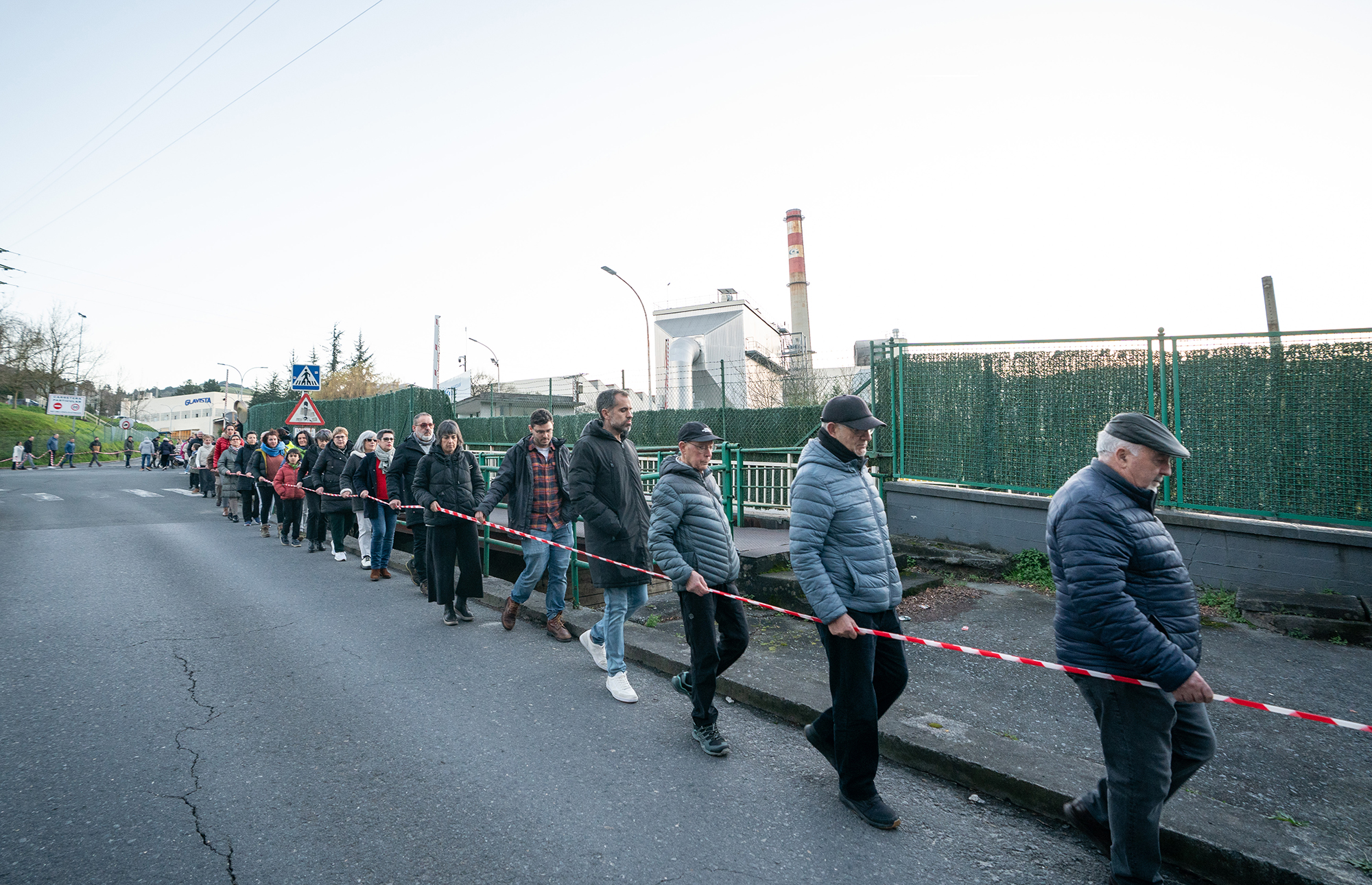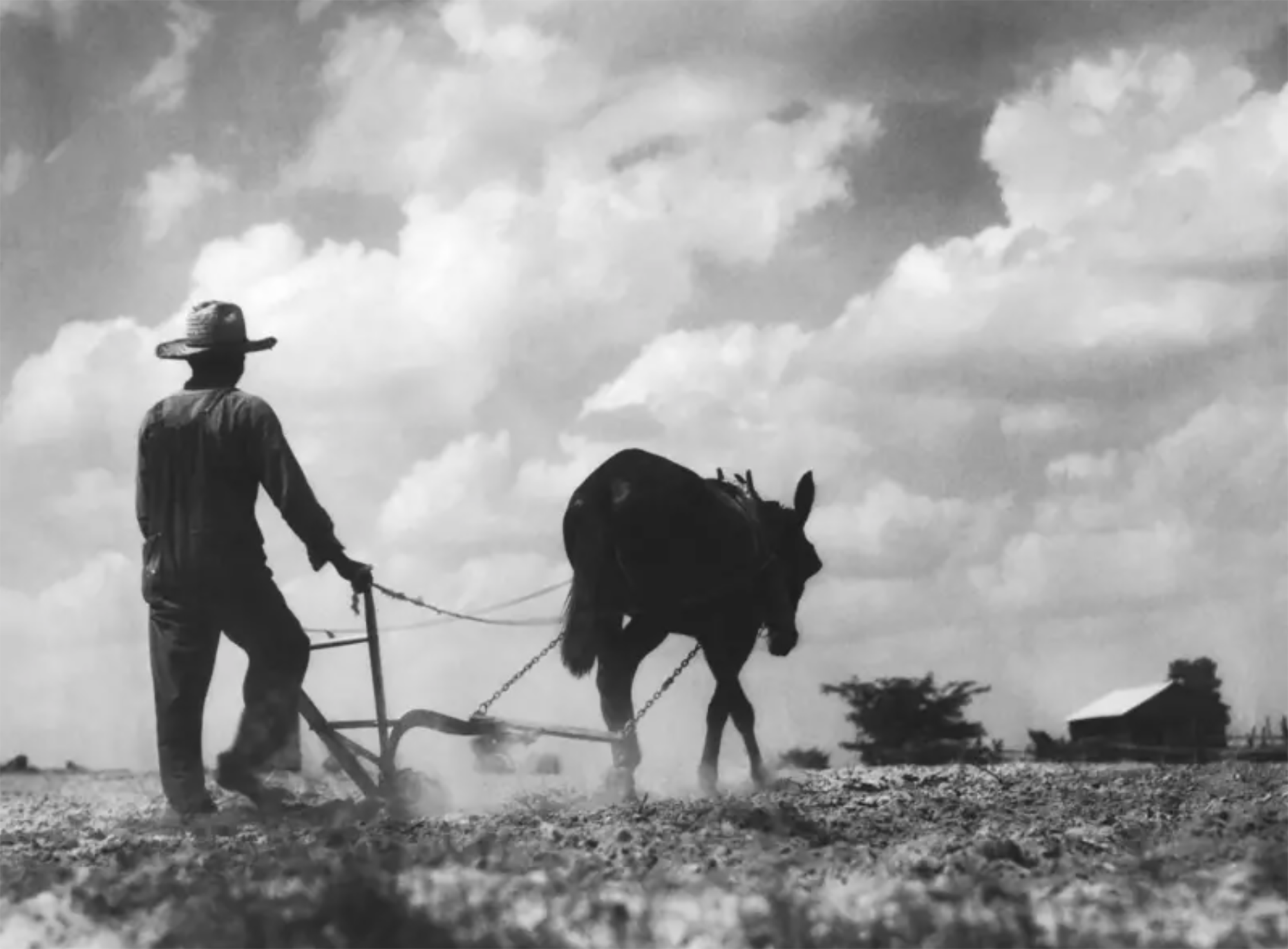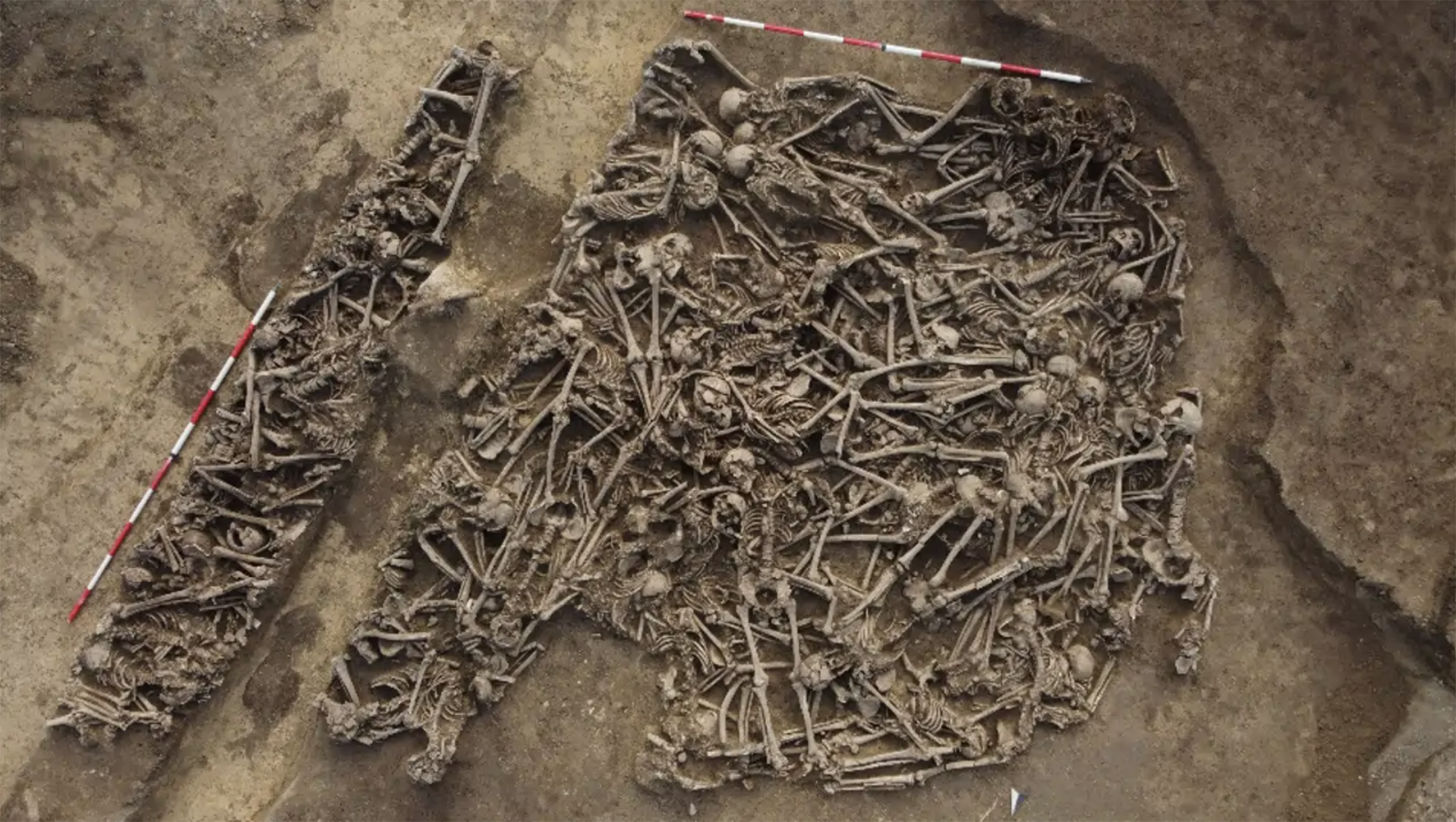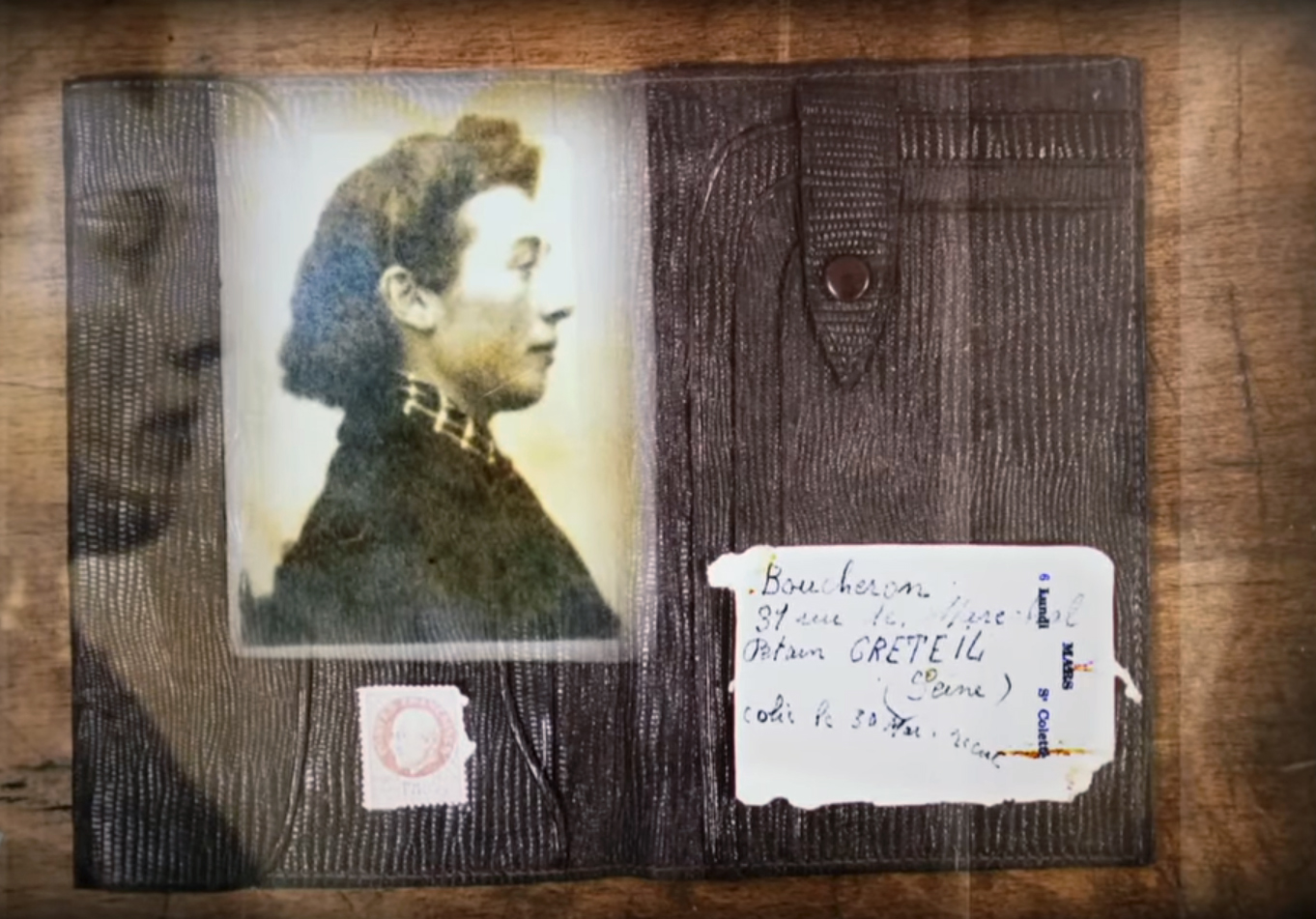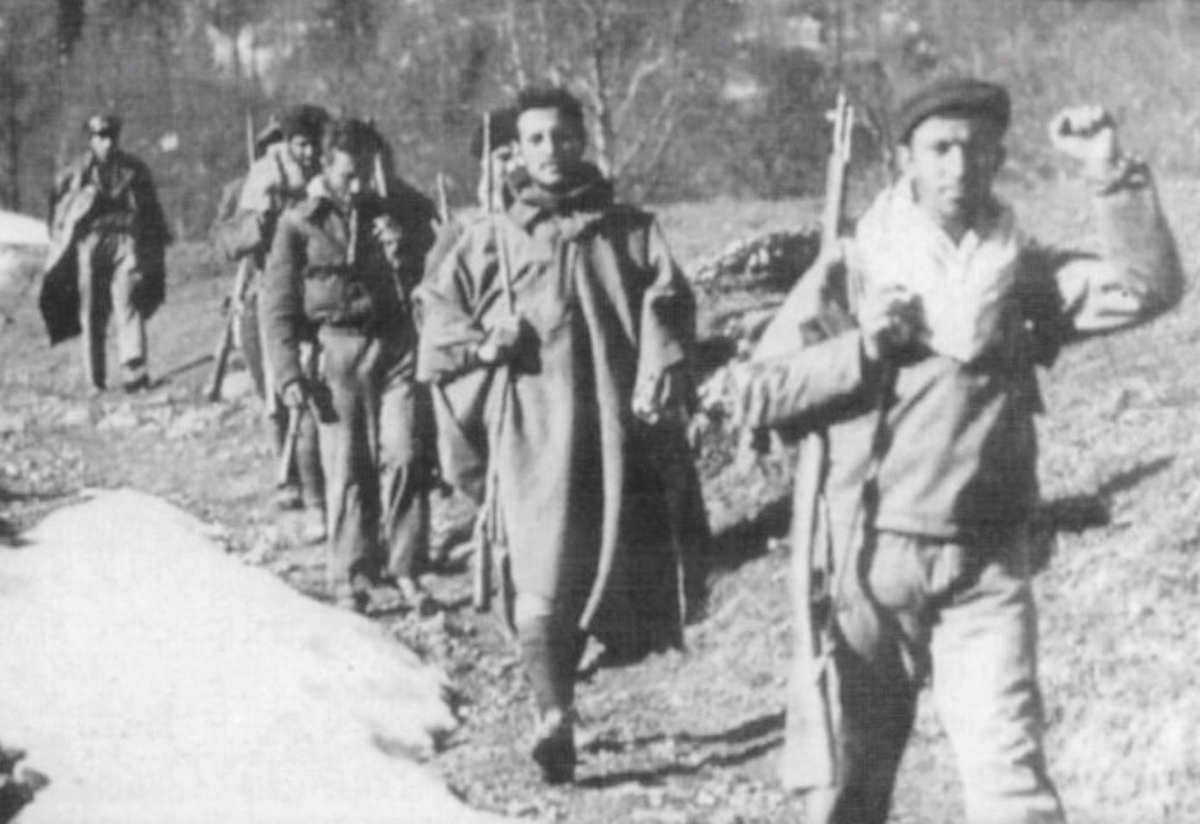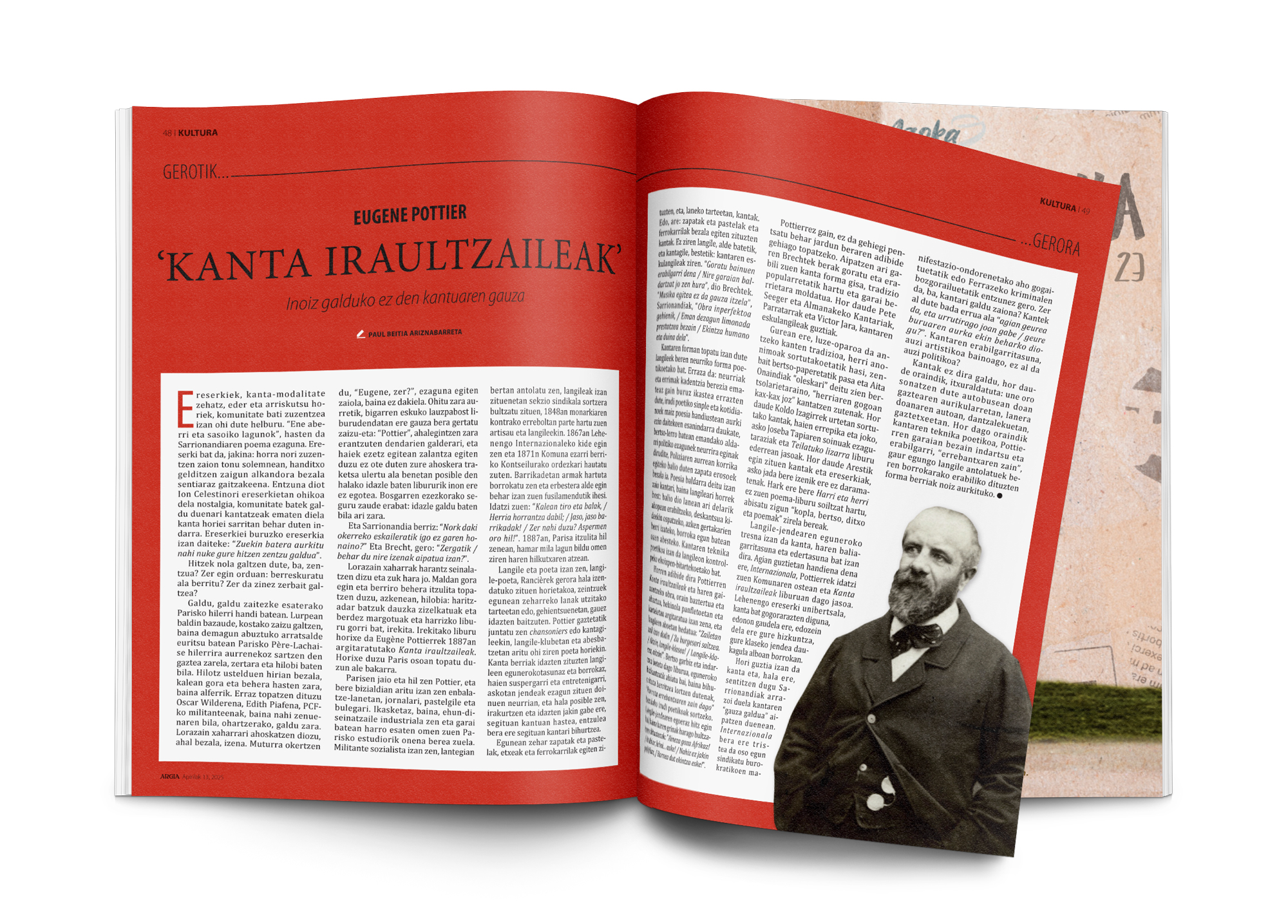Violence, endogamy and smallpox in Treviño

Treviño, 6th century. A group of hermits began living in the caves of Las Gobas and excavated new caves in the gorge of the Laño River, occupied since prehistory. In the next century, the community began to use one of the caves as a necropolis. In the 9th century they left the caves and the living descended into the valley, but the dead continued to bury there until the 11th century.
In the necropolis, a total of 41 corpses have been found. Agustín Azkarate of the UPV and Lourdes Herrasti of Aranzadi, among others, have investigated the remains and have concluded that at the beginning of this community there was a high degree of violence due to the swords wounds suffered by two of their founders.
Recently, a researcher at the Paleogenetics Center of the University of Stockholm, led by Ricardo Rodríguez Varela, has incorporated genetic research into previous works and the results have been published in the journal Science Advances. In total, the DNA has been obtained from 39 individuals on average. Through it, it has been concluded that the degree of consanguinity among the deceased was high. The two individuals wounded by the sword were cousins and, in general, all those buried there had a relationship with at least one other person in the community. That is, endogamy was a high-level community, especially in the first phase, before its members descended into the valley.
Moreover, although in the seventh century the Muslims arrived in the area and were close to the border between Christians and Muslims of Las Gobas, the influence was not remarkable. The genetic component of North Africa grew slightly over the next five centuries, but it was much smaller than that of other communities living further south. Adding this information to the endogamy, it is evident that the community of Las Gobas was very isolated.
The genetic component of North Africa grew slightly over the next five centuries, but it was much smaller than that of other communities living further south. Adding this to the endogamy, it is clear that the community of Las Gobas was very isolated
Agustín Azkarate had already realized this before the genetic analysis, since in other nearby Vascophonous tombs such as Aldaieta's funeral customs are very different; in the cases of around the dead people were buried with rich boughs of objects and those of Las Gobas are much simpler.
The genetic study has also provided information on the diseases in which the cases of these individuals occurred. Viral diseases rgenes rarely leave a trace in the DNA and, therefore, pathologies caused by bacteria have been found. Most of the cases found are zoonoses, i.e. infected diseases in animal relations, which means that livestock activity was important for the population of these artificial caves.
Where did smallpox come from?
The study reveals that an individual in the necropolis suffered smallpox and that the finding is especially important to determine the evolution of this disease. This is the oldest case found so far in southern Europe. Scientists have long discussed how smallpox was introduced into the Iberian Peninsula.
According to several theses, the Baztanga entered the south, coming from a mission carried out by Muslims. But on the one hand, the study shows that the African genetic footprint was very scarce in the community.
On the other hand, the strain of Baztanga discovered in Las Gobas coincides with the strain of the same time discovered in Scandinavia, Germany and Russia. Therefore, we cannot attribute to the Muslims who have brought to our country one of the diseases that have caused the most deaths throughout history.
Washington, D.C., June 17, 1930. The U.S. Congress passed the Tariff Act. It is also known as the Smoot-Hawley Act because it was promoted by Senator Reed Smoot and Representative Willis Hawley.
The law raised import tax limits for about 900 products by 40% to 60% in order to... [+]
During the renovation of a sports field in the Simmering district of Vienna, a mass grave with 150 bodies was discovered in October 2024. They conclude that they were Roman legionnaires and A.D. They died around 100 years ago. Or rather, they were killed.
The bodies were buried... [+]
My mother always says: “I never understood why World War I happened. It doesn't make any sense to him. He does not understand why the old European powers were involved in such barbarism and does not get into his head how they were persuaded to kill these young men from Europe,... [+]
Until now we have believed that those in charge of copying books during the Middle Ages and before the printing press was opened were men, specifically monks of monasteries.
But a group of researchers from the University of Bergen, Norway, concludes that women also worked as... [+]
Florentzia, 1886. Carlo Collodi Le avventure de Pinocchio eleberri ezagunaren egileak zera idatzi zuen pizzari buruz: “Labean txigortutako ogi orea, gainean eskura dagoen edozer gauzaz egindako saltsa duena”. Pizza hark “zikinkeria konplexu tankera” zuela... [+]
Ereserkiek, kanta-modalitate zehatz, eder eta arriskutsu horiek, komunitate bati zuzentzea izan ohi dute helburu. “Ene aberri eta sasoiko lagunok”, hasten da Sarrionandiaren poema ezaguna. Ereserki bat da, jakina: horra nori zuzentzen zaion tonu solemnean, handitxo... [+]
Linear A is a Minoan script used 4,800-4,500 years ago. Recently, in the famous Knossos Palace in Crete, a special ivory object has been discovered, which was probably used as a ceremonial scepter. The object has two inscriptions; one on the handle is shorter and, like most of... [+]
Londres, 1944. Dorothy izeneko emakume bati argazkiak atera zizkioten Waterloo zubian soldatze lanak egiten ari zela. Dorothyri buruz izena beste daturik ez daukagu, baina duela hamar urte arte hori ere ez genekien. Argazki sorta 2015ean topatu zuen Christine Wall... [+]











